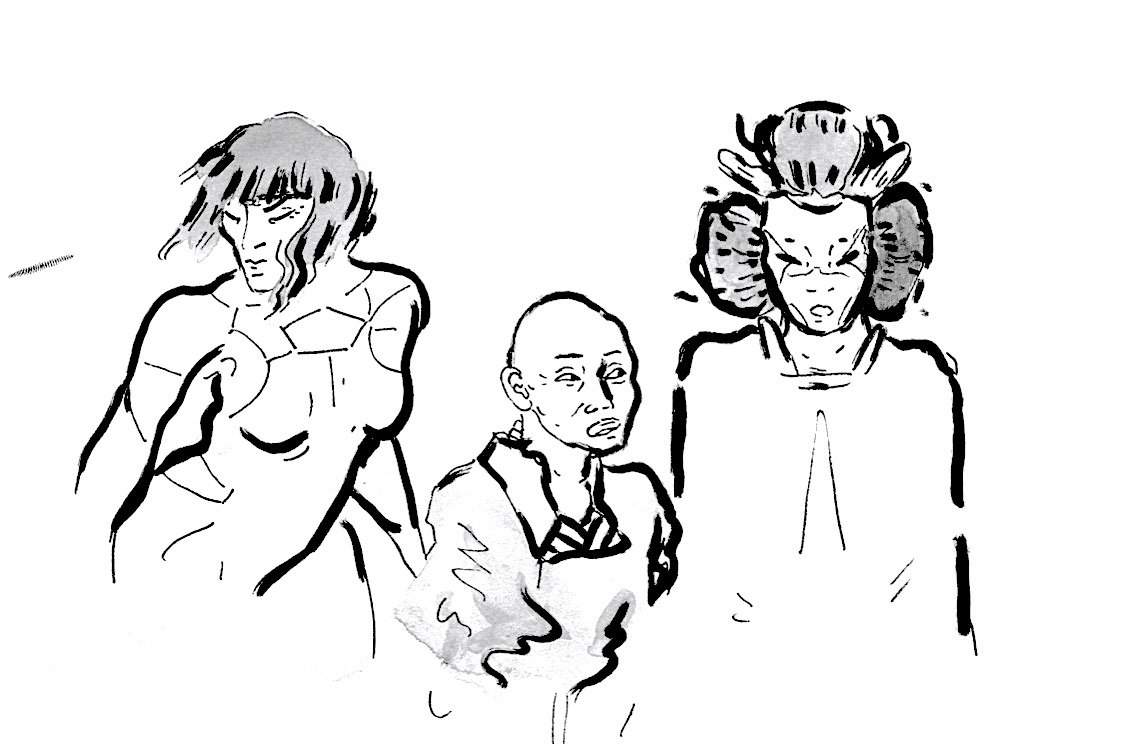Absence of Asians in Media
April 19, 2018
Asian Americans are one of the minorities with the least representation in American media. This minority group continues to struggle for equal opportunity and representation in key media roles while constantly trying to denounce any character played by a white person that should be played by an Asian actor.
Studies have been conducted in this specific ethnographic area and it has been shown that Asian American actors were disproportionately represented in background roles, and they often played stereotypical characters that emphasized work ethic and business life over their personal (home or social) lives. Even when there are plots located in an Asian country and which should be dominated by Asian actors, media and Hollywood in particular, has attempted to erase the diversity component by wrongfully white-washing the characters.

Unfortunately, there have been little to no repercussions by the mainstream media and most of the groups that have attacked their actions have been various Asian activists and entertainers. Examples of unfair representation are numerous and the most prominent case in the last few years has been of Scarlett Johansson as the cyborg Motoko Kusanagi in the adaptation of the Japanese anime classic “Ghost in the Shell” instead of using an Asian actress (perhaps a Japanese actress). The image of the character coincided with reports that producers considered using digital tools to make Ms. Johansson look more Asian — basically, yellowface for the digital age. Asian activists managed to draw attention to this issue and an apology was asked for from Johansson, who is a very successful and well known actress. However, Johansson simply disregarded the race issue and released a statement in which she basically said that feminism was more important to her, therefore the movie did a good job on centering around a female character.
Unfortunately, the list goes on. In the highly budgeted movies with Asian characters, the white-washing is still happening. In September 2015, it was revealed that in the planned adaptation of the Japanese manga series Death Note, the hero, who is a boy with dark powers named Light Yagami, would be renamed Light and played by the white actor Nat Wolff. In “The Martian,” released in October 2015, white actress Mackenzie Davis stepped into the role of the NASA employee Mindy Park, who was portrayed in the novel as a Korean-American.
Asian-Americans are invisible in the big franchises. Although some progress has been achieved in the last few years for the visibility of other minorities such as African Americans, there is still much to be done for the other groups. Though they make up 5.4 percent of the United States population, more than half of film, television and streaming properties feature zero named or speaking Asian characters. A report from the Annenberg School for Communication and Journalism at the University of Southern California found that only 1.4 percent of lead characters in a sample of studio films released in 2014 were Asian. For Asian-American actors, the dearth of opportunities compounds itself. “An Asian person who is competing against white people, for an audience of white people, has to train for that opportunity like it’s the Olympics,” Constance Wu, one of the few Asian actresses who has managed to breakthrough in Hollywood, said. “An incredibly talented Asian actor might be considered for a leading role maybe once or twice in a lifetime. That’s a highly pressured situation.”
Representation matters and has to be valued because of the substantial way media affects people. Seeing somebody that looks like you in an important role in an American film or series production makes you feel that you can aspire to be in that position one day. Most importantly, as a minority, it makes one feel like they belong in a country where so many prejudices exist against their identity, that undermine their freedom and the capacity to lead a life without discrimination and stereotypes.





